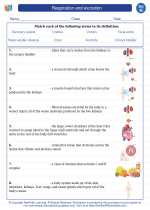Leather: An Exploration
Leather is a durable and flexible material created by tanning animal rawhide and skin, often cattle hide. It has been used for a wide range of purposes throughout history, including clothing, footwear, bookbinding, and furniture.
How is leather made?
1. Tanning: The process of creating leather involves tanning, which stabilizes the protein of the rawhide so it does not putrefy.
2. Preparation: The animal hides are cleaned, de-haired, and soaked in water to remove salts and other soluble materials.
3. Tanning agents: Tanning agents such as vegetable tannins, mineral salts, and aldehydes are used to stabilize the collagen fibers in the hide.
4. Finishing: The leather may undergo further processing such as dyeing, conditioning, and buffing to achieve the desired characteristics.
Types of Leather
1. Full-grain leather: This is the most durable and highest quality leather, made from the top layer of the hide with natural imperfections left intact.
2. Top-grain leather: This leather is sanded to remove imperfections and then embossed with an imitation grain, giving it a more uniform look.
3. Split leather: This is the lower layer of the hide, often used for suede or bonded leather products.
Properties of Leather
1. Durability: Leather is known for its strength and resistance to tearing and puncturing.
2. Flexibility: It can be molded and shaped without losing its strength.
3. Breathability: Leather is permeable to air and moisture, making it comfortable to wear.
Uses of Leather
1. Clothing and footwear: Leather is commonly used to make jackets, pants, shoes, and accessories.
2. Furniture: It is used for upholstery, creating durable and stylish pieces.
3. Bookbinding: Leather bindings are often used for high-quality books and journals.
Environmental Impact
While leather is a durable and versatile material, the tanning process can have environmental impacts due to the use of chemicals and water consumption. There is also concern about the ethical treatment of animals in the leather industry.
Study Guide
1. What is the process of creating leather and what are the key steps involved?
2. Describe the types of leather and their characteristics.
3. Explain the properties of leather that make it a desirable material for various applications.
4. Discuss the environmental impact of the leather industry and potential ethical concerns.
Remember to consider the historical significance of leather and its cultural importance in different parts of the world.
.◂Science Worksheets and Study Guides Eighth Grade. Respiration and excretion

 Worksheet/Answer key
Worksheet/Answer key
 Worksheet/Answer key
Worksheet/Answer key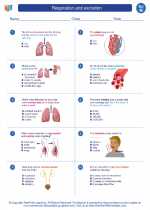
 Worksheet/Answer key
Worksheet/Answer key
 Vocabulary/Answer key
Vocabulary/Answer key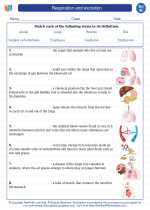
 Vocabulary/Answer key
Vocabulary/Answer key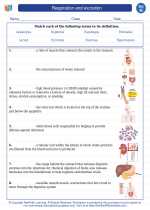
 Vocabulary/Answer key
Vocabulary/Answer key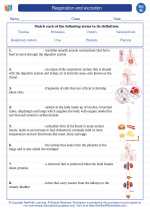
 Vocabulary/Answer key
Vocabulary/Answer key